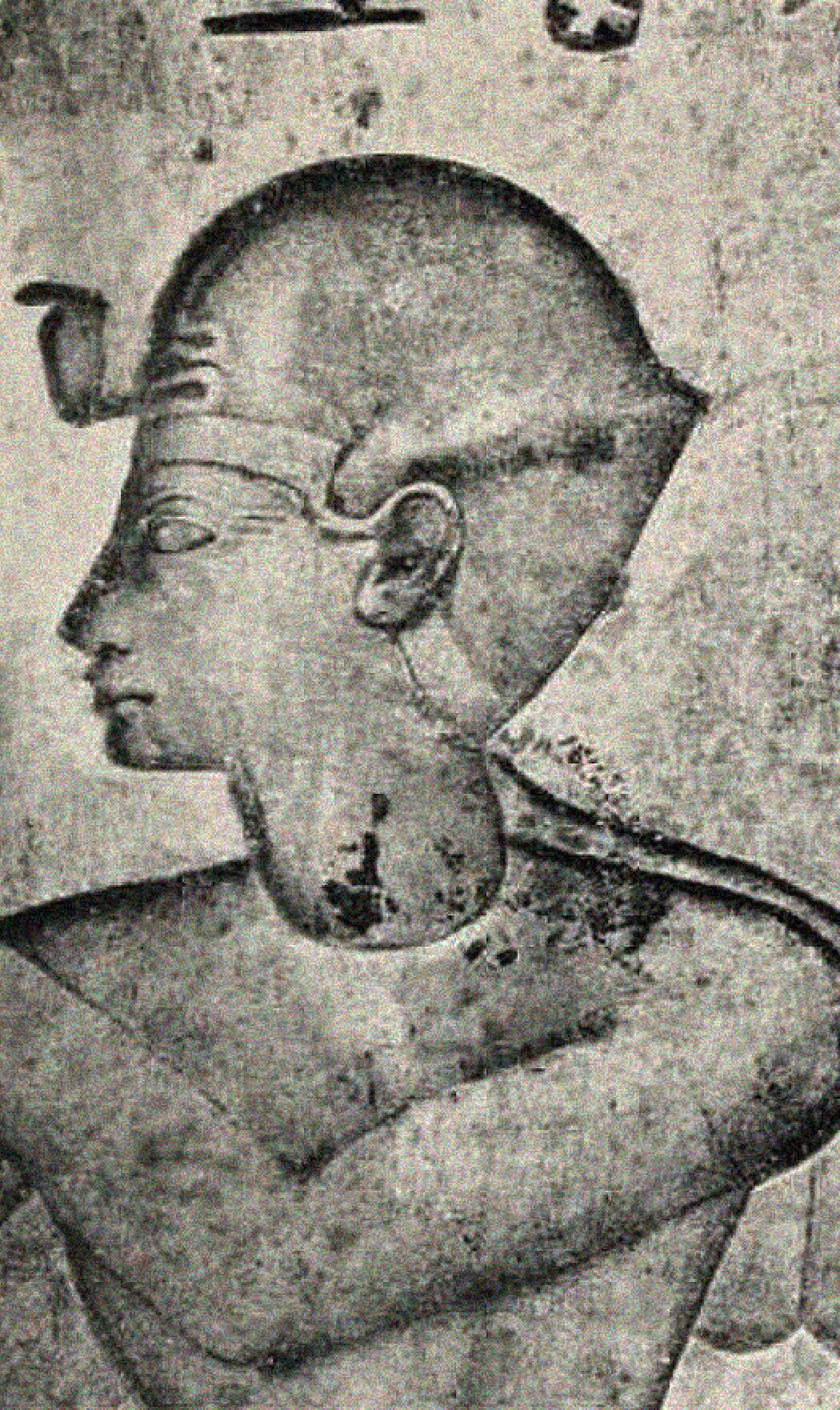The Bible describes Solomon’s early marriage to a daughter of an unnamed Egyptian pharaoh. “And Solomon became allied to Pharaoh king of Egypt by marriage, and took Pharaoh’s daughter, and brought her into the city of David, until he had made an end of building his own house, and the house of the Lord, and the wall of Jerusalem round about” (1 Kings 3:1). Given that these construction projects began in the first years of Solomon’s reign (the temple beginning in the fourth year; 1 Kings 6:1), it is evident that Solomon’s marriage to this Egyptian princess likewise occurred early on in his reign.
According to the biblical account, Egypt’s pharaoh gave Israel’s king a surprising “wedding gift”—the entire city of Gezer! The full context is documented in 1 Kings 9: “Pharaoh king of Egypt had gone up, and taken Gezer, and burnt it with fire, and slain the Canaanites that dwelt in the city, and given it for a portion unto his daughter, Solomon’s wife. And Solomon built Gezer …” (verses 16-17).
Is there extrabiblical evidence for this chain of events—possibly even the identity of the pharaoh in question?
The pharaoh most commonly associated with these scriptures is the early 10th-century b.c.e. Siamun, the sixth pharaoh of Egypt’s 21st Dynasty. Depending on the chronology followed, his 19-year reign is typically dated somewhere within the years 990 and 950 b.c.e. This reign overlaps with the early part of Solomon’s, explaining the logical chronological association.
Egyptologist Prof. Kenneth Kitchen identifies King Solomon’s Gezer-destroying father-in-law pharaoh as Siamun, writing on the identification and geopolitical fit in some detail in his 2003 book On the Reliability of the Old Testament. He notes of this pharaoh a truly “unusual triumph scene” at Tanis depicting Siamun defeating enemies brandishing weaponry of a unique type best associated with this Philistine/Canaanite region—“evidence for contact in the Levant” that exists for no other pharaoh of that dynasty (spanning around 1077–943 b.c.e.—note that this 21st Dynasty was one of stagnation and decline).
According to Kitchen, “Siamun is, and remains thus far, the sole serious candidate for the roles of conqueror of Gezer and would-be father-in-law to Solomon on purely chronological grounds.” But what of the destruction of Gezer itself?
Gezer’s Stratum 8 (and its monumental gate) is linked—indelibly, now, through carbon-dating—to the time period of Solomon, in the first half of the 10th century b.c.e. This level later experienced a “major destructive event” in the latter part of the 10th century (as described in the recent radiocarbon study of the site), fitting with the campaign of a newly resurgent Egyptian 22nd Dynasty, led by Shishak.
Arguably less well known, however, is the destruction layer preceding the monumental Solomonic one.
Stratum 9 was described by Gezer’s most recent researchers as an “ephemeral phase” of construction that best develops into Stratum 8 as part of an overall redevelopment scheme of the site. The stratum just prior, however—Stratum 10A—was one of fiery destruction. “Stratum 10A was violently destroyed, with evidence found in almost all rooms,” writes Dr. Lyndelle Webster, et al. “Amongst the burnt debris … Room 3 of Stratum 10A yielded several mushroom-shaped clay stoppers, one of which bore a stamp seal impression that has been tentatively associated with the reigns of Siamun and Sheshonq i [Shishak] in the 10th century b.c.e.”
Clearly, this earlier destruction layer long predates Shishak. But the discovery of a seal impression associated dually with the reign of Siamun was another remarkable synchronism at the site with this Egyptian ruler.
In his book Has Archaeology Buried the Bible?, Prof. William Dever stated unequivocally who he believes this pharoah was: “The pharaoh (not named, as was the custom then) is undoubtedly Siamun of the 21st Dynasty.”

